- the presentation introduces compute-shaders, explaining the software and hardware concepts
- expands upon the basis to explain execution patterns, memory, and cache hierarchies
- texture reading/writing patterns as well as common mistakes
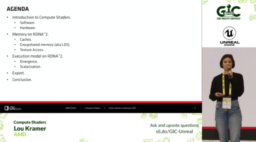
- new tool from AMD to provide more insights into the performance of raytracing applications
- show much memory is used, if redundant information is stored, all geometric axis aligned, etc
- video presentation covering the information available is linked
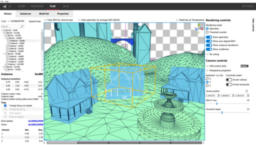
- the article presents an Nvidia API extension that allows multiple buffer swaps (between windows and applications) to be synchronized
- shows the D3D12 API and discusses the usage, conditions for correct usage as well as limitations
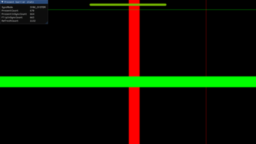
- Nvidia has updated the performance best practices for RTX usage
- contains new recommendations enabled with shader model 6.6, updated guidelines for inline ray tracing
- and many more minor updates across the categories
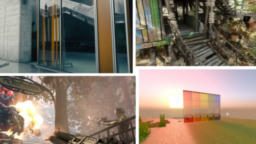
- the detailed article explains the different memory pools available and how they differ between different types
- shows how D3D12 exposes the memory management
- discussing strategy for texture and buffer uploads
- presents performance numbers for CPU and GPU reads/writes and uploads to different memory types

- the article discusses the Rust shades crate that allows writing Rust domain-specific language that can be used to generate GLSL code
- explains the motivation, implementation as well as open issues
- it additionally provides a comparison against other solutions

- the article presents a derivation of a light attenuation function to separately control the maximum intensity and radius
- function is designed to reach zero influence to be used with clustered shading
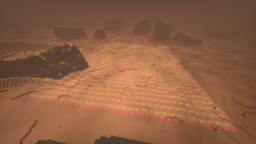
- the article aimed at beginners explains how images are applied to 3D objects
- presents what UV (Texture coordinates are) and how to visualize them
- shows how to explore the relationship between mesh and UV coordinates from Unity shaders
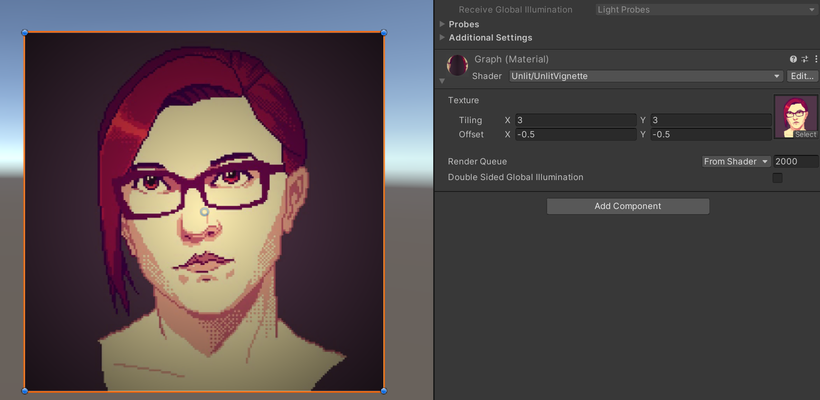
- the article presents an overview of barycentric coordinates
- shows that barycentric can be interpreted as a distance field
- derives how to render wireframe line rendering from these distances

- the article provides an overview of font rendering
- looks at the different levels that cover glyph evaluation, line layouts, and antialiasing
- presents rasterization constraints, how to cache glyphs for efficient rendering
- additional covers how to deal with sub-pixel positioning

- the presentation video discusses the LOD generation used in Cyberpunk 2077 (3D models and materials)
- discusses the different algorithms that were used for different types of models and materials
- provides an overview of the pipeline and infrastructure integration
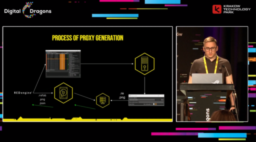
- slides for the GDC presentation talking about the deferred texturing solution has been released
- summary in week 231
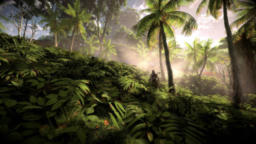
- a growing collection of graphics samples and libraries for the zig programming language
- the provided samples cover how to use the released libraries

Thanks to [Michael Hazani] for support of this series.
Would you like to see your name here too? Become a Patreon of this series.